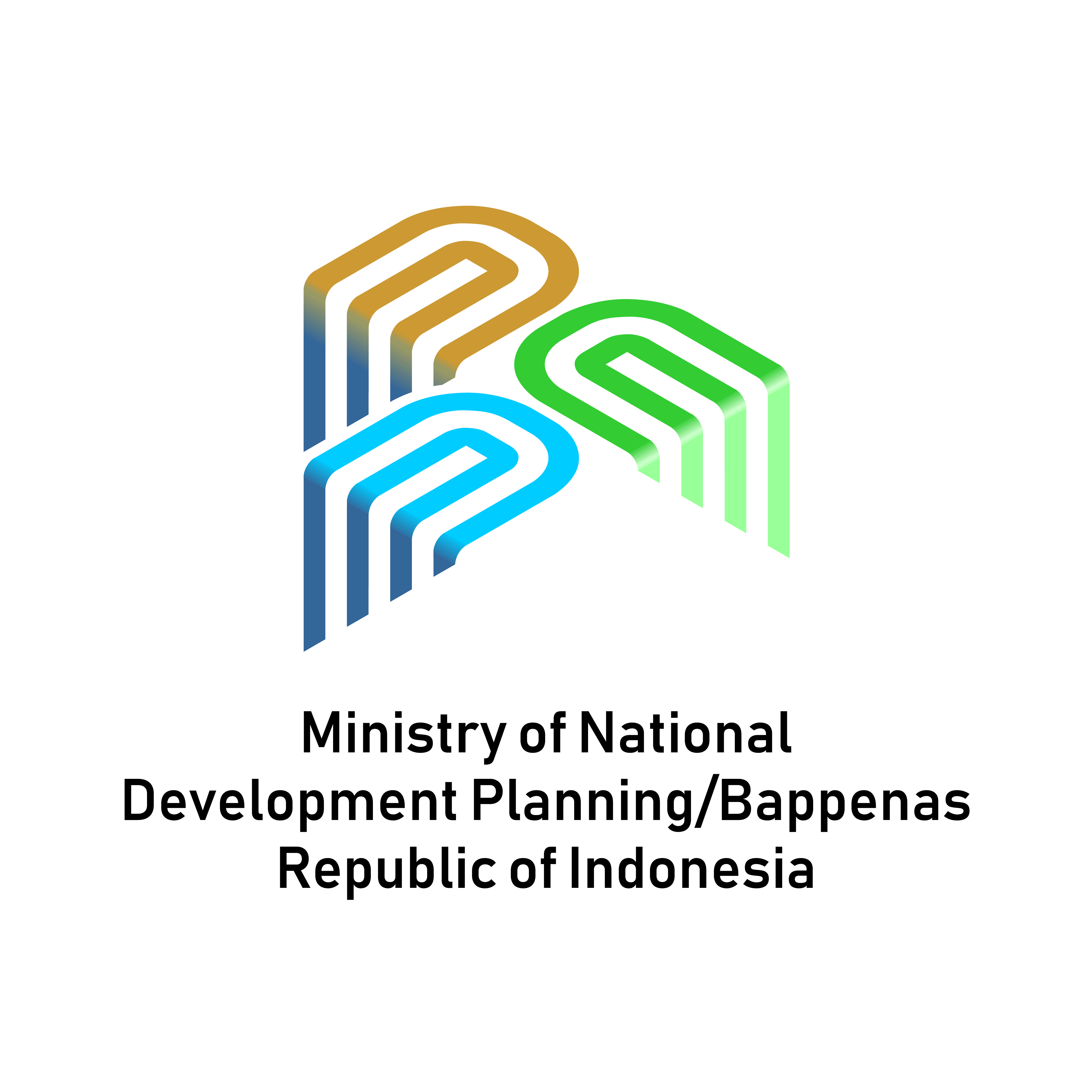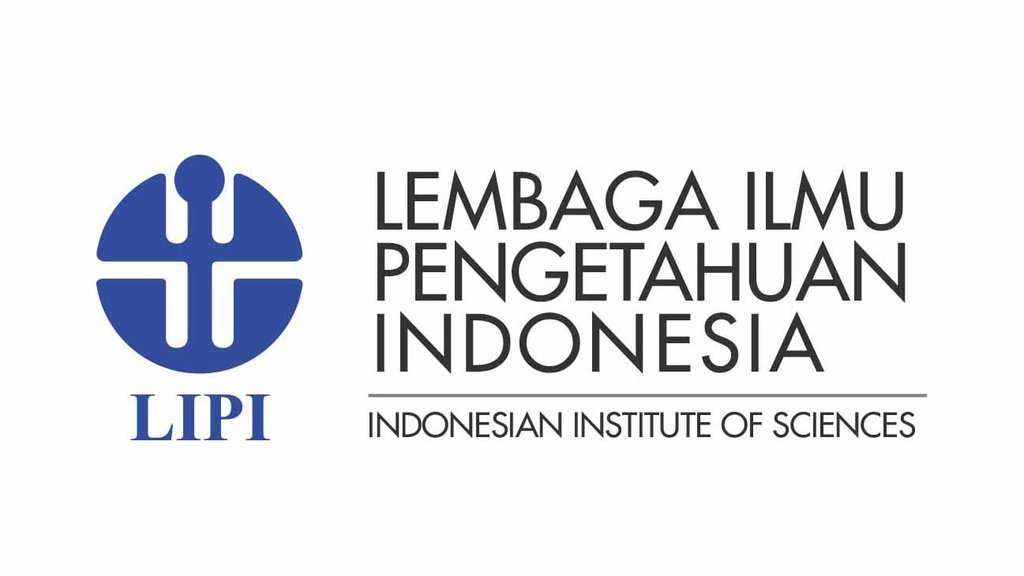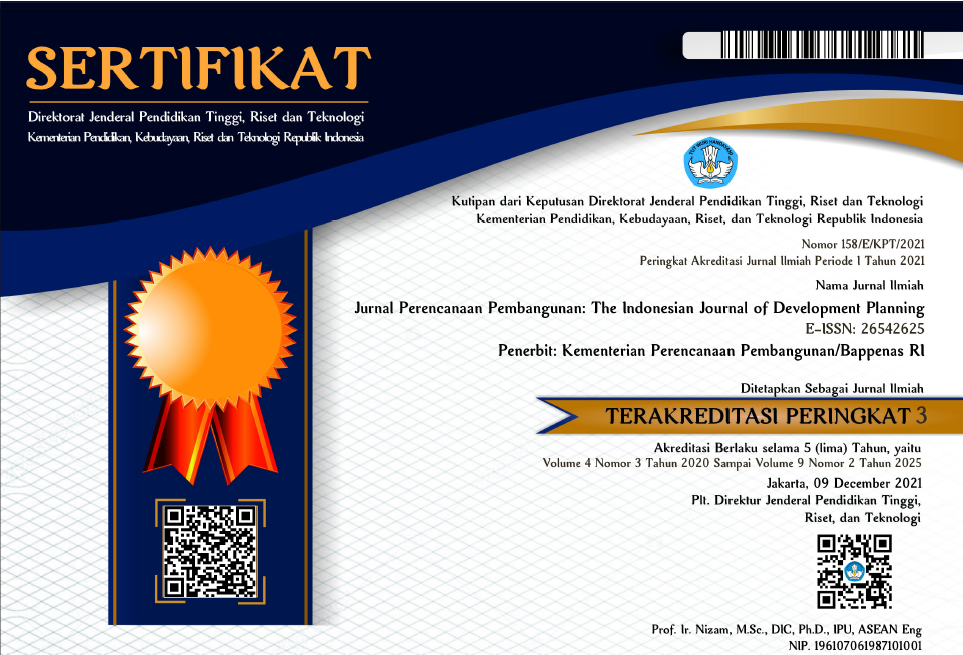The Determinants of Voluntary Disclosure in Indonesia State-Owned Enterprises Annual Reports
DOI:
https://doi.org/10.36574/jpp.v2i3.51Keywords:
voluntary disclosure, State Owned EnterpriseAbstract
The purpose of this research is to investigate the determinants of voluntary disclosure in the annual reports of Indonesia State Owned Enterprise (“SOE”). A content analysis was applied to 60 SOEs’ annual reports to assess the extent of SOEs voluntary disclosure, and Ordinary Least Squares (“OLS”) regression was conducted to examine the relationship between explanatory variables and the extent of SOEs voluntary disclosure. The results show that SOEs disclose more about nonfinancial than strategic and financial information. There is also a high variability of SOEs voluntary disclosure indicated in the results. The study introduces a new variable, the priority programs, which represents the Government policy. This new variable appears to have a negative association with the extent of SOEs voluntary disclosure, while the firm size has a positive relationship. The study suggests that organisational legitimacy, company reputation and agency cost are the possible motivations for such disclosure behavior. The regulator might places emphasis on the nonfinancial information disclosure and direct its attention to small SOEs to promote disclosure. Finally, further research may explore who benefits the most from voluntary disclosure and how it could help them in making a better decision.
Downloads
Downloads
Published
How to Cite
Issue
Section
License
This is an open-access article distributed under the terms of the Creative Commons Attribution-NonCommercial-ShareAlike 4.0 International License. Copyright © Kementerian PPN/Bappenas RI


















